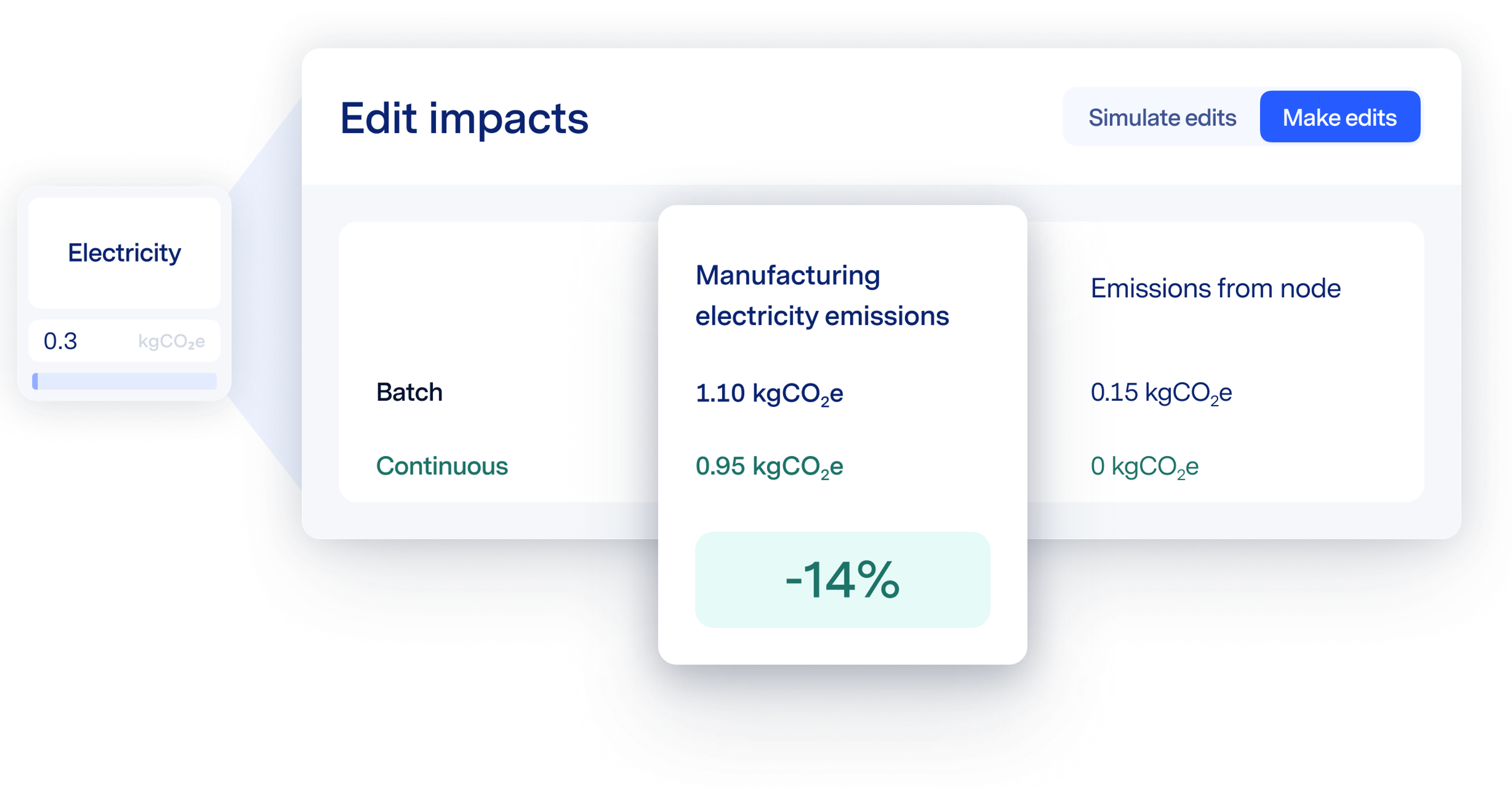
When polls close on November 5th and the results of the presidential election are announced, the rush to forecast their impact will begin.
I've spent nearly 30 years working on climate change and have witnessed the ebb and flow of climate policy. It will be tempting to conclude that a victory for one political party or another will determine our climate fate. But over the course of my career, I've learned that progress doesn't come from a single election but from a combination of factors: science, public opinion, policy, and private sector innovation.
History shows we have a strong track record of solving tough environmental problems. The once smog-filled air of New York City has become significantly cleaner today. The Cuyahoga River in Cleveland, which was so polluted in the 1960s that it caught fire, is now a haven for water sports. The progress we've made in restoring the depleted ozone layer is remarkable. Though challenges remain in many parts of the world, the successes we've achieved over the last few decades are undeniable and may teach us important lessons in our fight against climate change.
Analyzing these successes, I see a pattern of interplay among four key players. The first three—science, the public, and government—create the framework conditions that pave the way for innovation. When incentives are aligned through public pressure and government policy, the private sector unleashes its innovative power to deliver and scale solutions.
Take smog as an example. Today in the U.S., smog might cause eye watering and throat discomfort, but it was once deadly. The solution began with scientific understanding. In the 1950s and 1960s, scientists like Professor Arie Haagen-Smit of Caltech unveiled the complex atmospheric chemistry of smog formation. They discovered that smog is caused by precursor emissions such as nitrogen oxides (NOₓ) and volatile organic compounds (VOCs) interacting with sunlight to create ozone that damages our lungs.
This major discovery and its implications for public health focused public attention on these emissions. In the 1960s, anti-pollution protests erupted in major industrial cities worldwide. Mounting public pressure led to the adoption of the 1970 Clean Air Act, which set emission standards for vehicles and factories. It is important to note that, at the time, neither the auto industry nor the government knew how to meet these standards. The industry reacted with uproar. Ford Motor's executive vice president, Lee A. Iacocca, said the rule "could prevent continued production of automobiles" and "do irreparable damage to the American economy."
But this sense of urgency—or even desperation—was the perfect catalyst for innovation, inspiring the best minds to develop breakthrough solutions. In 1973, three years after the Clean Air Act's adoption, John J. Mooney and Carl D. Keith at Engelhard Corporation commercialized the first catalytic converter. Their invention, along with other innovations, eventually led to a significant decline in NOₓ emissions and smog in major industrialized cities worldwide, completing the interplay between science, the public, government, and the private sector.
The same pattern has emerged for climate change, with the four key players at work. The science is settled: human activity is the main driver of climate change. Public opinion has shifted, with a majority of Americans now believing in human-driven climate change and supporting government action in response. The policies we need to address climate change are already in place, most notably the Inflation Reduction Act, which was responsible for nearly a quarter of a trillion dollars in climate investment in its first year. Groundbreaking climate transparency laws, like California’s Climate Corporate Data Accountability Act, mean private sector sustainability actions will soon be heavily scrutinized by consumers, investors, and regulators.
These factors have aligned the incentives for businesses to take action, and the private sector has mobilized capital to create new climate solutions like carbon removal and scale existing ones like renewable energy. According to the International Renewable Energy Agency, renewable energy accounts for almost 90% of global investment in new power generation this year.
As a result, we are beginning to see signs of progress on climate change. The companies I work with now in my role at Watershed—some of the largest and most complex in the world—will see a median 15% reduction in their greenhouse gas emissions, due in large part to renewable energy adoption across grids. Sure, this is not enough, and we need more. But the series of changes we are witnessing gives a clear signal that the tide is finally turning. Presidential administrations can impede or accelerate policy, but they can't fully reverse what's already in motion.
Which brings me back to this election. Whoever sits in the White House next year will influence our future. But the wheels of progress are turning, and climate solutions have moved into the hands of industry and innovation. Incentives are increasingly aligned to compel private sector action—an important lever in reducing global greenhouse gas emissions. I believe that the march to reverse climate change is past the point of no return, a moment I have awaited for a long time.










